Dialysis Flow Chart
The main purpose of the Dialysis Flow Chart is for the Doctor to document the process and flow of the procedure.
From the Diary click on Clinical >> Dialysis Flow Chart
- Dialysis Flow Chart: This process uses an artificial kidney (hemodialyzer) to remove waste and extra fluid from the blood. The blood is removed from the body and filtered through the artificial kidney. The filtered blood is then returned to the body with the help of a dialysis machine.
- Dialysis Prescription: The hemodialysis prescription should take into account the goals of the therapy, expected solute clearance needs, volume removal needs, residual kidney function, timing of the therapy and logistical concerns.
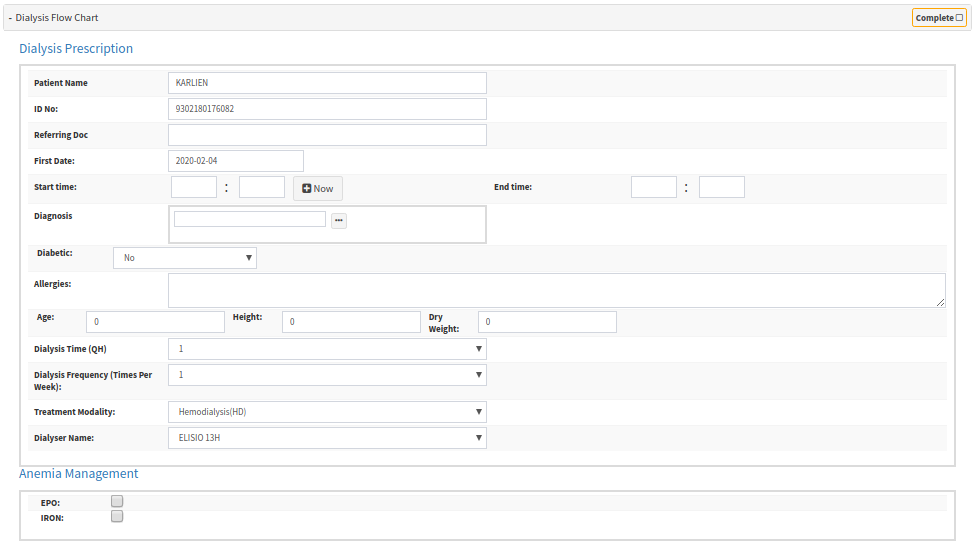
- Pre-Dialysis: is a clinical situation in which the patient has significant impairment of kidney function that will ultimately lead to either death or inclusion in kidney replacement therapy (dialysis and/or transplantation).
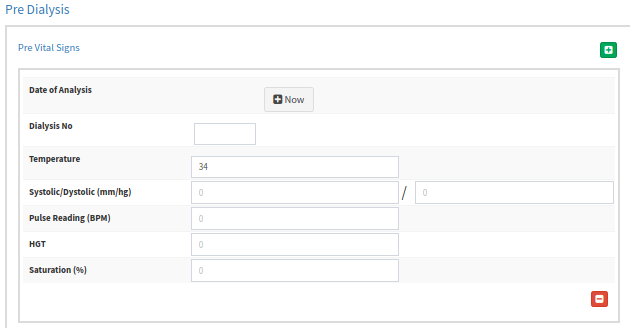
- Pre-Weight Assessment: Before you begin your dialysis treatment you will be instructed to do a self-assessment. Your assessment will be recorded on your run log before each dialysis. This will help your care team assess your health status. Your body weight consists of solid things in your body such as bones, muscles and fat.

- Pre-Vascular Access: refers to a rapid, direct method of introducing or removing devices or chemicals from the bloodstream. In hemodialysis, vascular access is used to remove the patient's blood so that it can be filtered through the dialyzer.
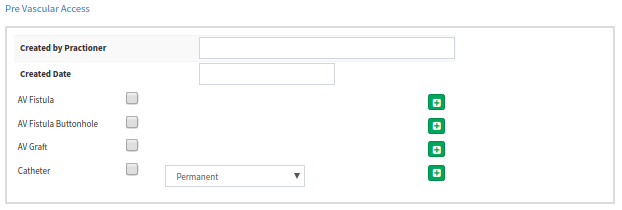
- Pre-Assessment: Assess for patency at least every 8 hours. Palpate the vascular access to feel for a thrill or vibration that indicates arterial and venous blood flow and patency. Auscultate the vascular access with a stethoscope to detect a bruit or "swishing" sound that indicates patency.
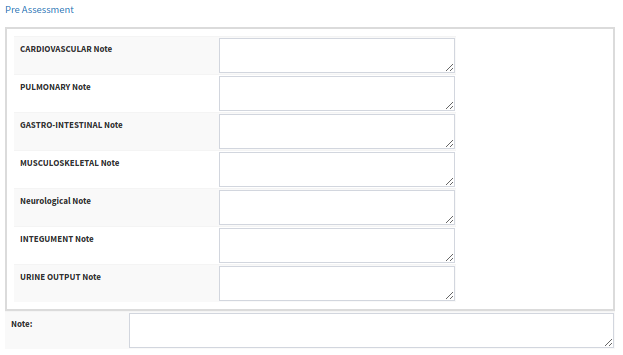
- Dialysis Set Parameters:
- Dialysis Solution: Dialysate, also called dialysis fluid, dialysis solution or bath, is a solution of pure water, electrolytes and salts, such as bicarbonate and sodium. The purpose of dialysate is to pull toxins from the blood into the dialysate. The dialysis solution is then flushed down the drain along with the waste.
- Profiling: In sodium profiling, the sodium concentration in the dialysis fluid, instead of being constant, follows a time-dependent profile over the course of a hemodialysis session
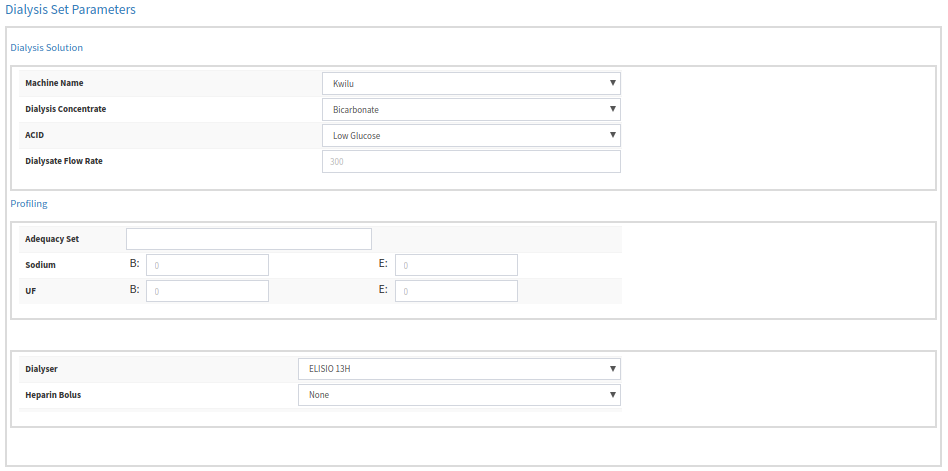

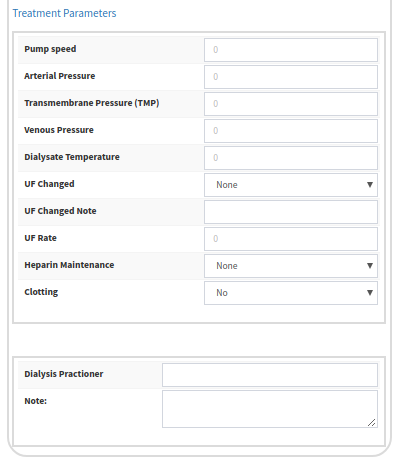
- Anemia Management: In people on dialysis, anemia is treated with:
- Drugs called erythropoiesis-stimulating agents (ESAs). ESAs replace the EPO that is low in people with kidney failure, so they can make red blood cells.
- Extra iron. Diet alone cannot supply enough iron to meet your needs. You will most likely need extra iron. . In fact, once you start taking ESAs, you will make more red blood cells and your iron supply will be used up faster. When you take an ESA, iron therapy helps to:
- prevent iron deficiency
- lower the amount of ESA needed
- keep your haemoglobin within range.
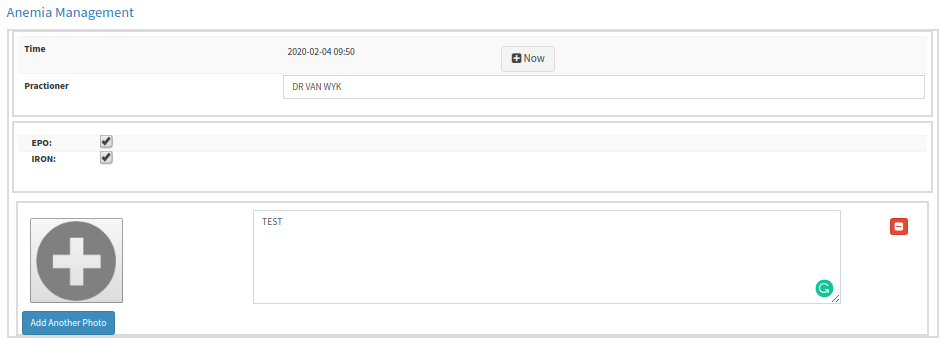


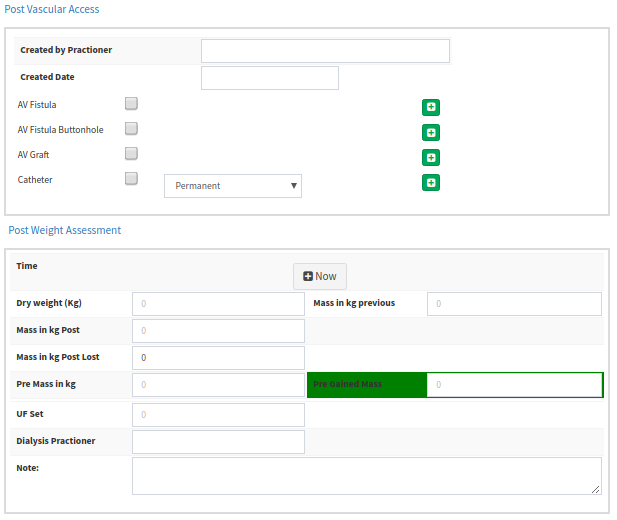
- Post-Disinfection: the process of cleaning the dialysis station/machine, especially with a chemical and heat, in order to destroy bacteria or contamination after the procedure.
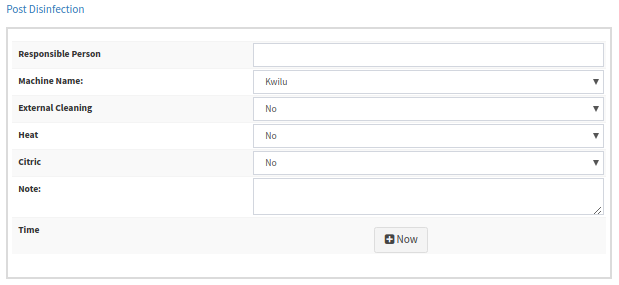
- If the section is completed it will turn Green with a correction mark in the tick box.
- From here you can Email / Print or Download the Form in CSV or pdf format.

Last modified: Monday, 2 March 2020, 10:51 AM